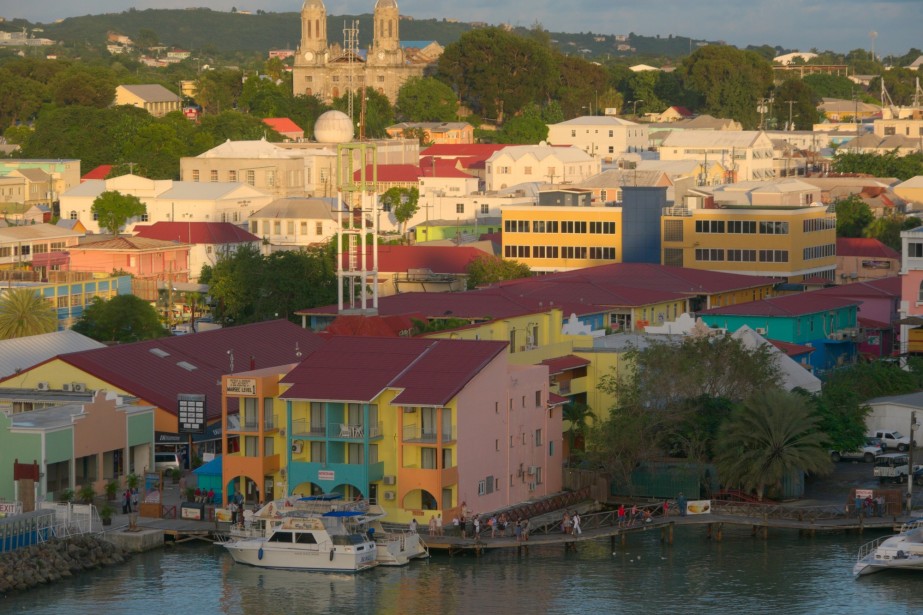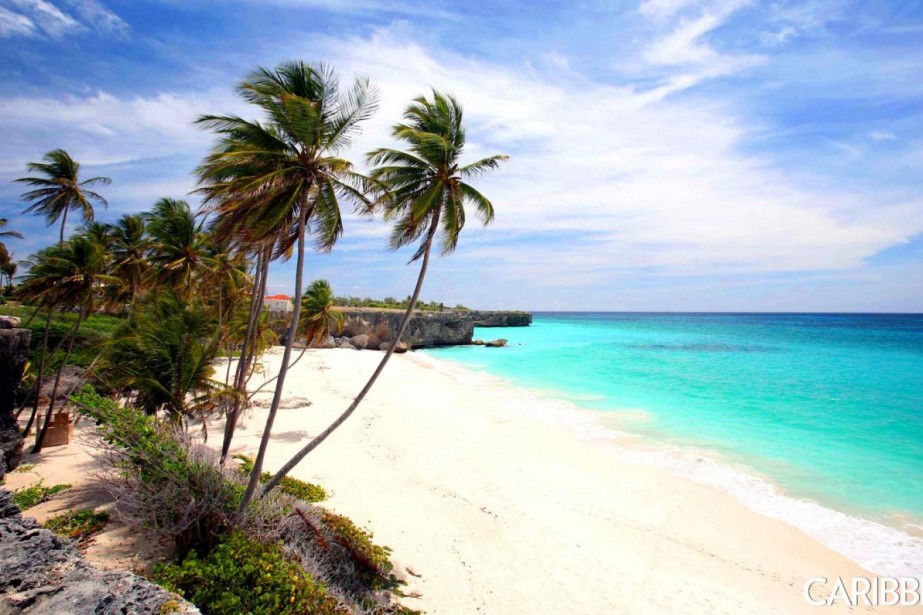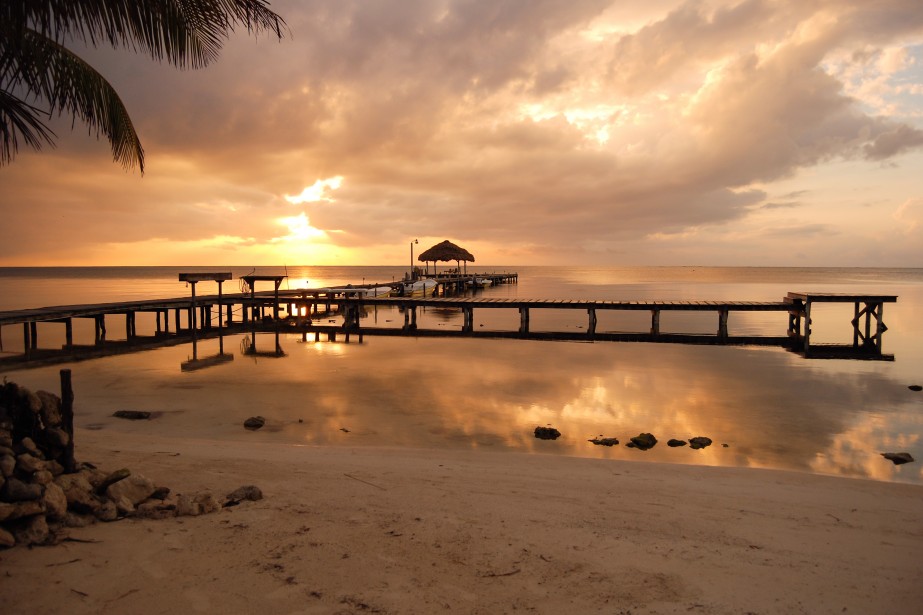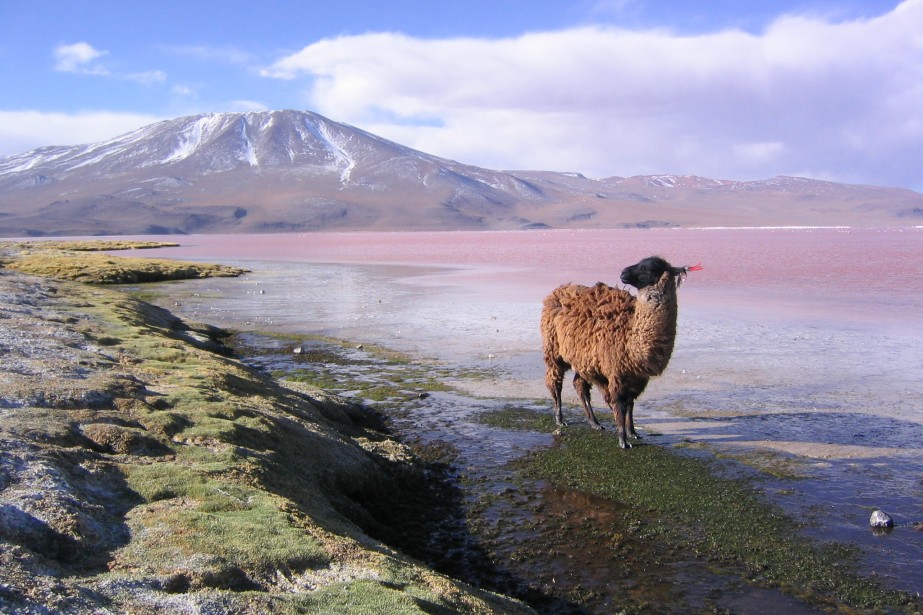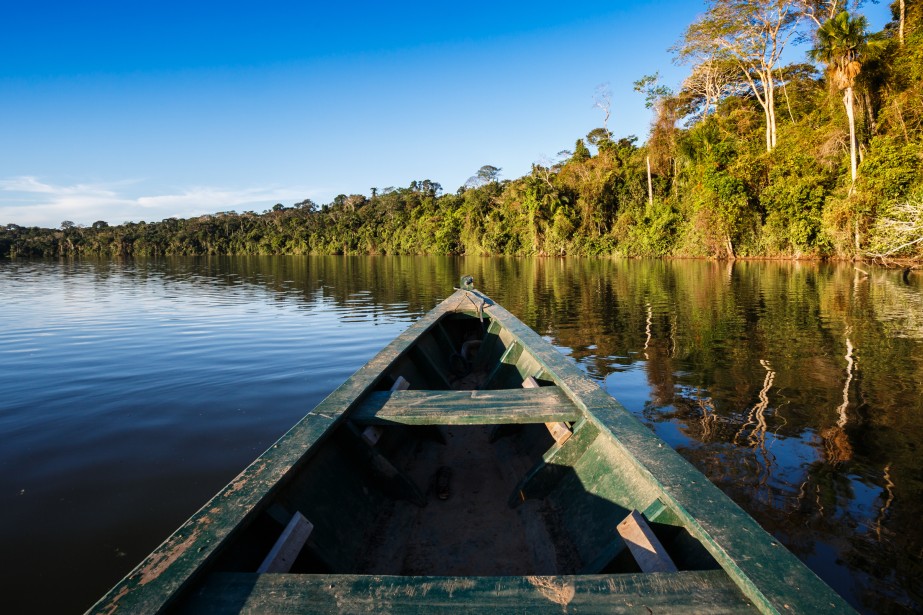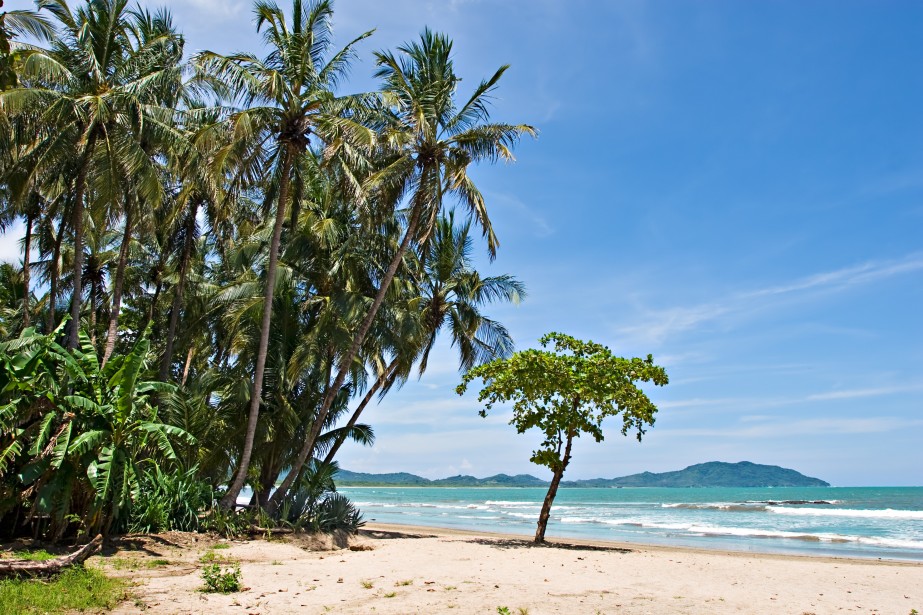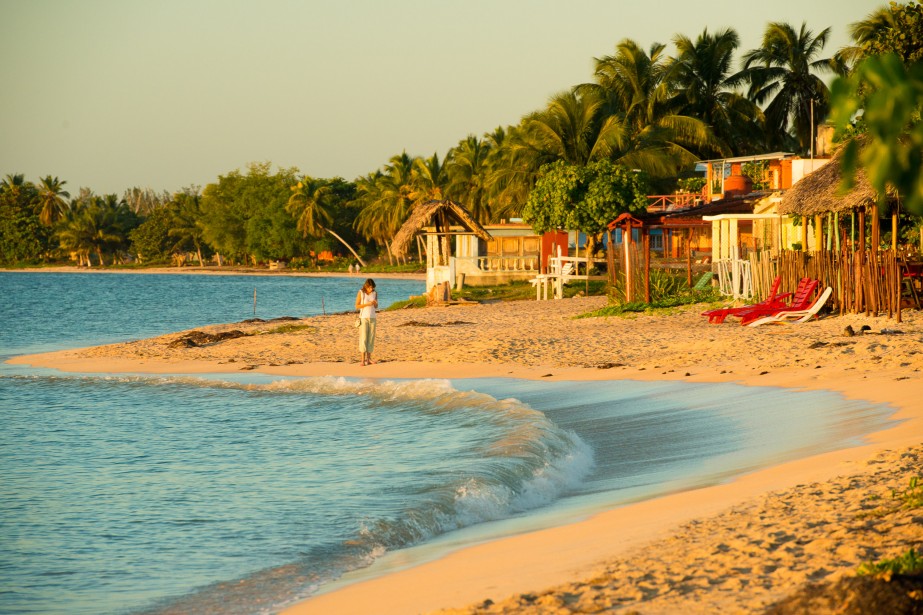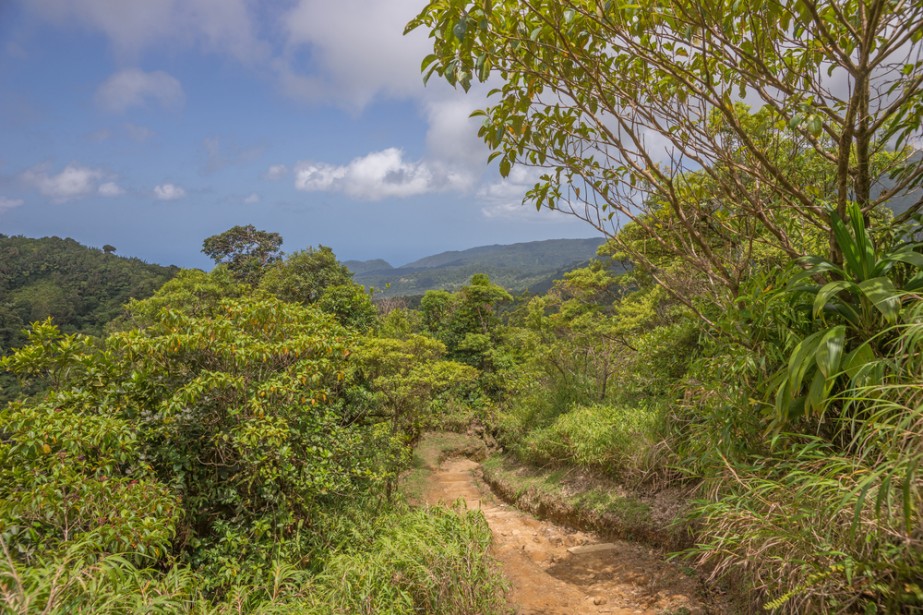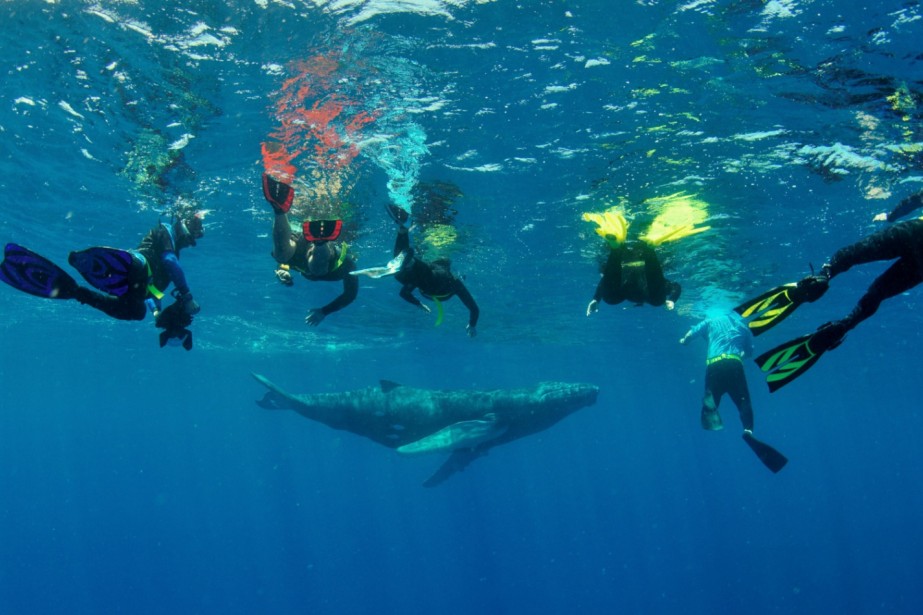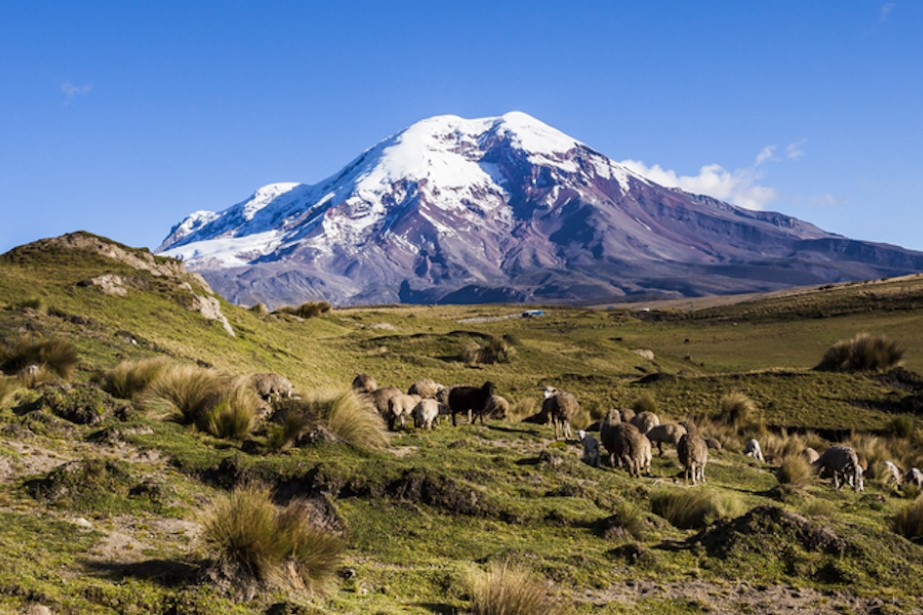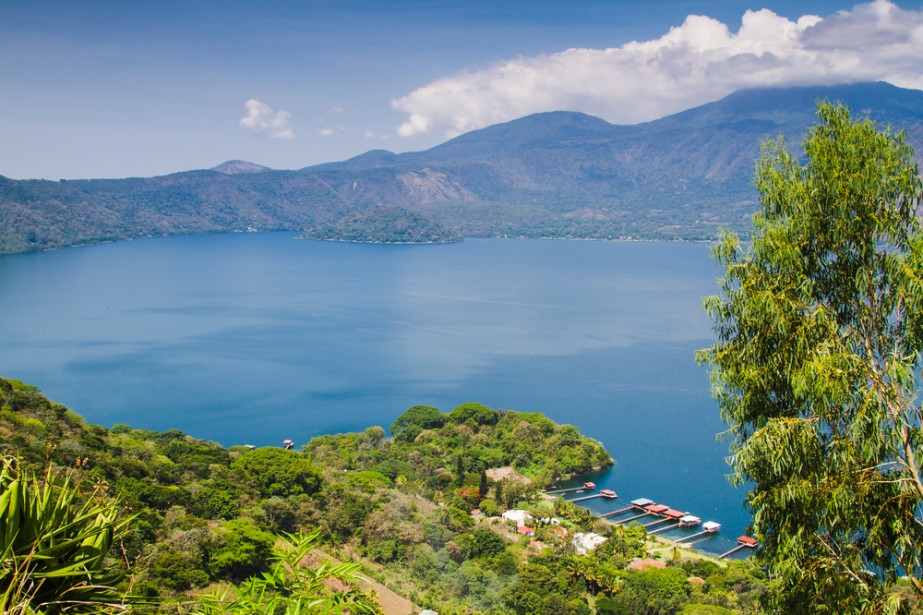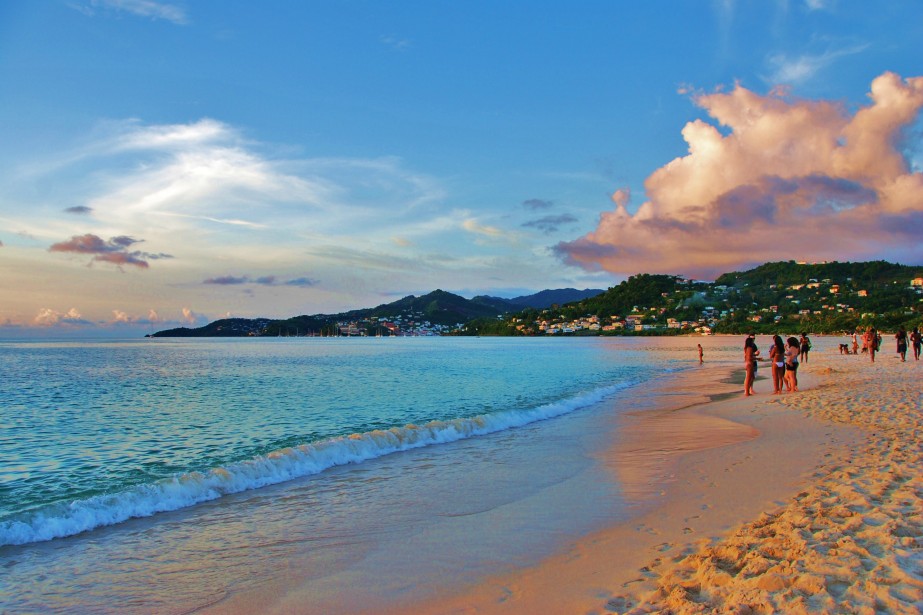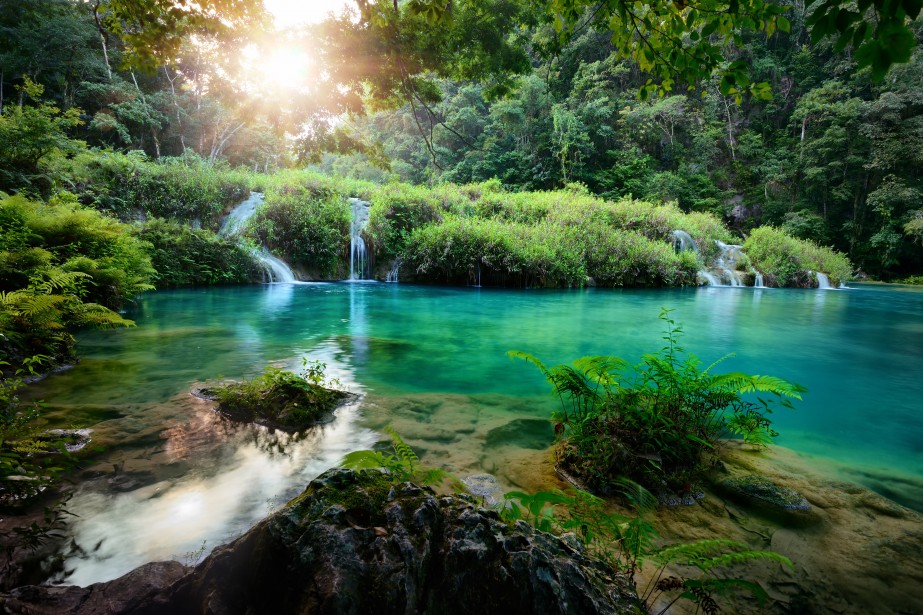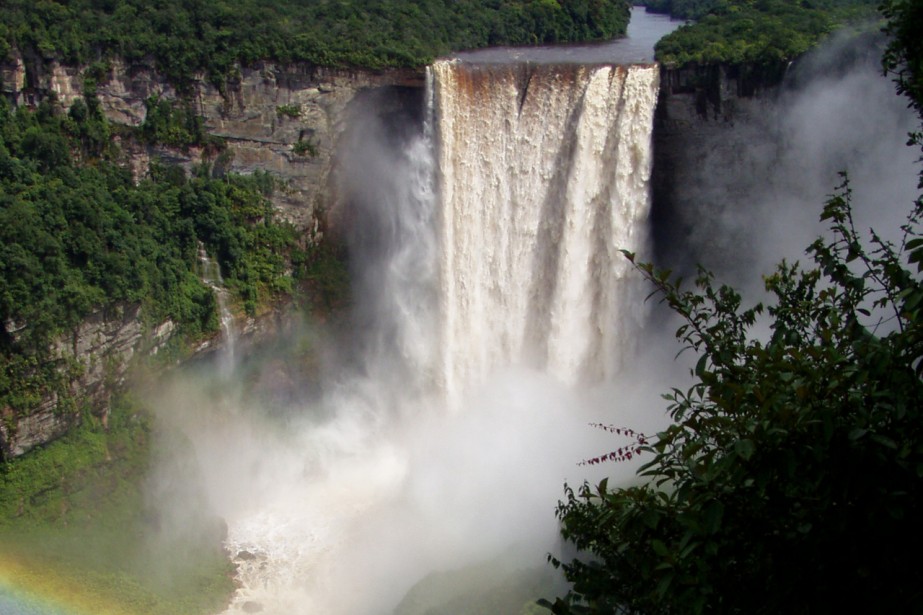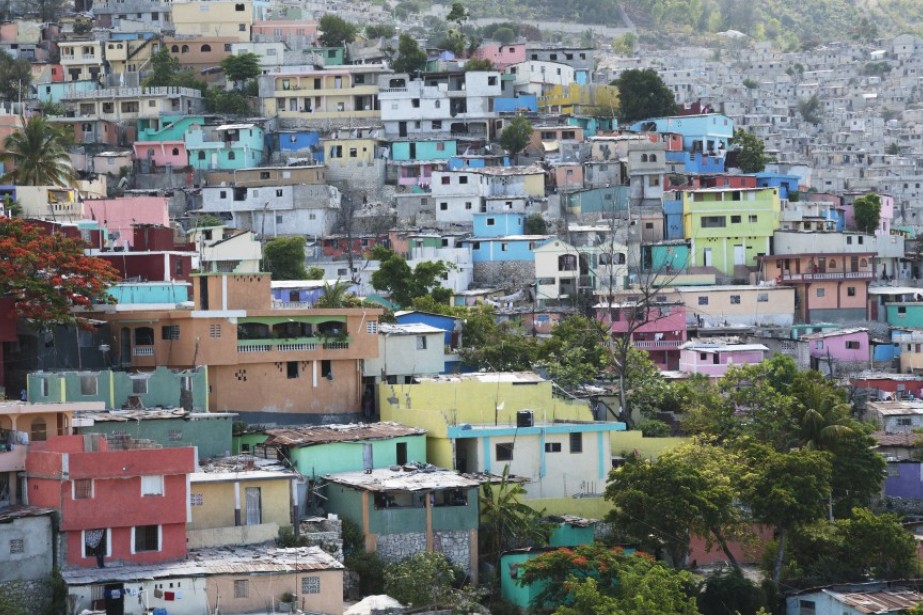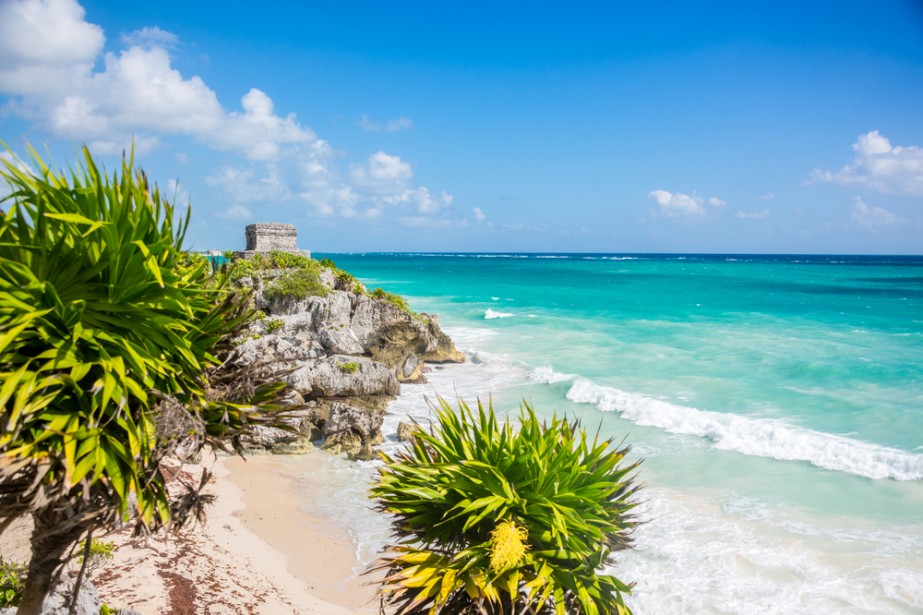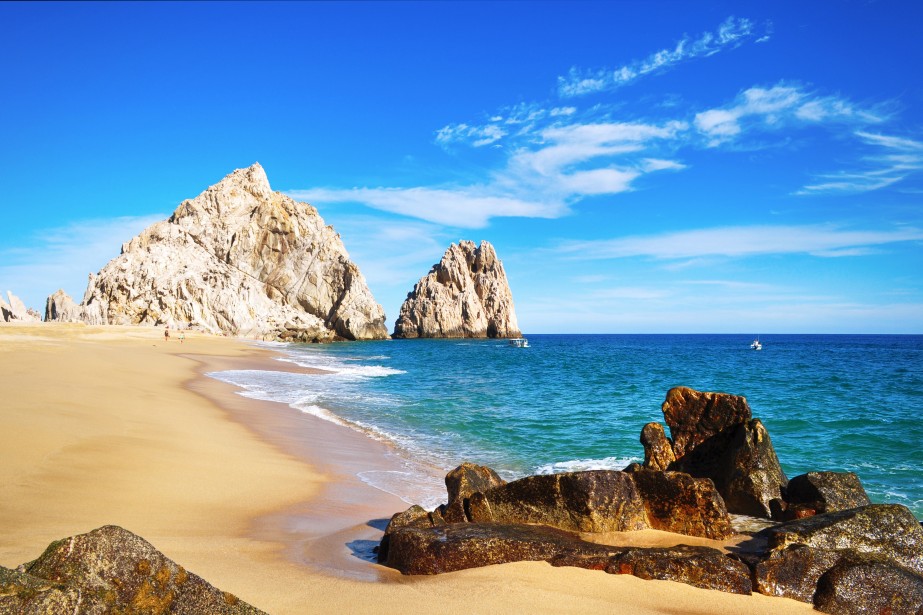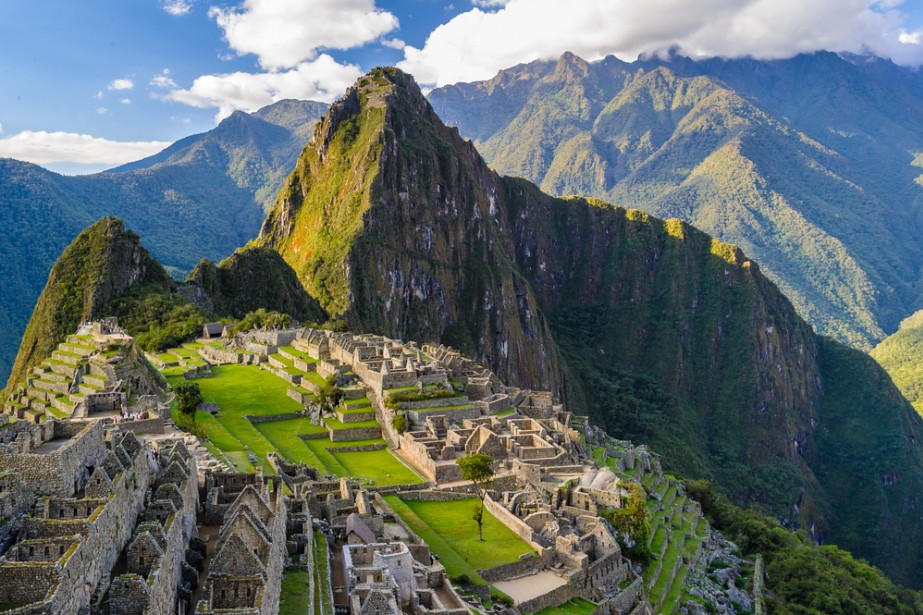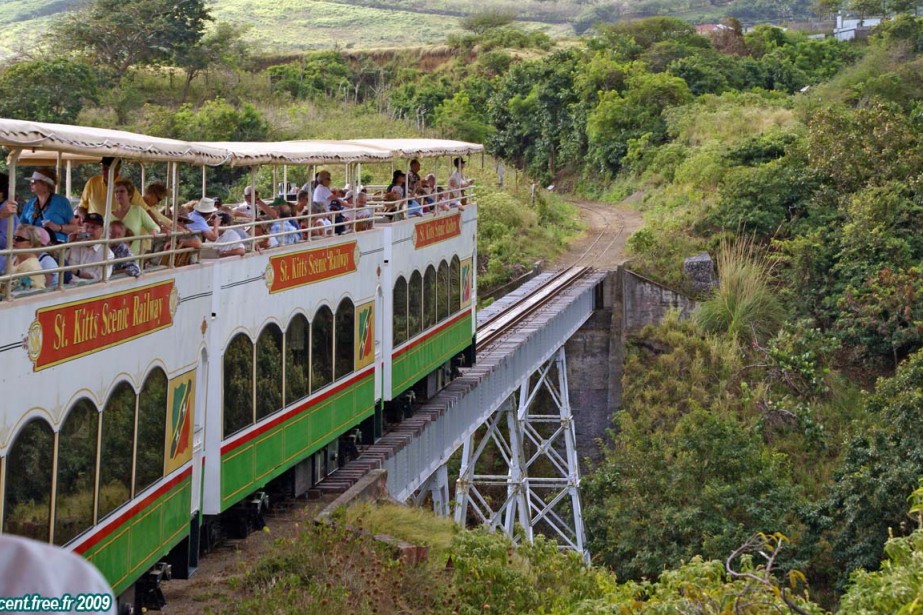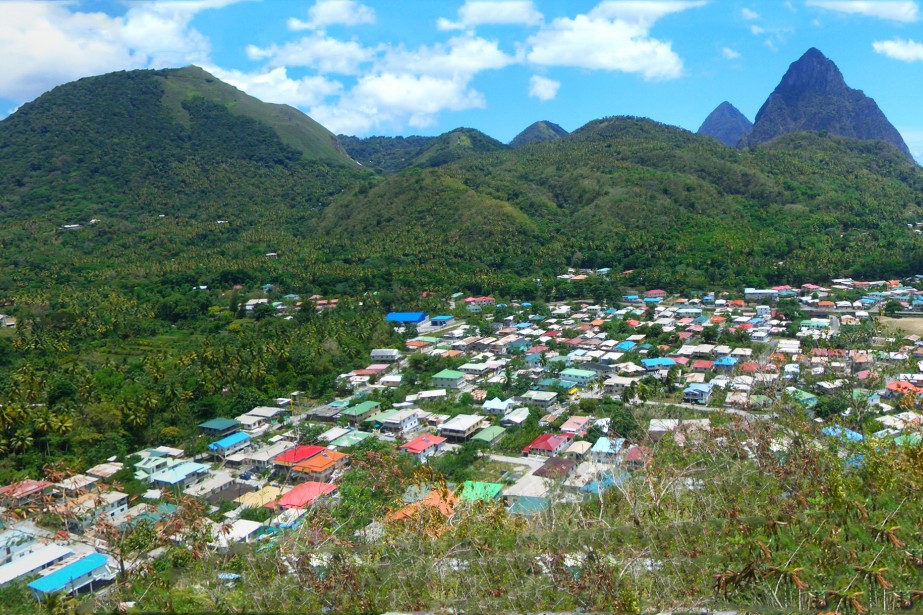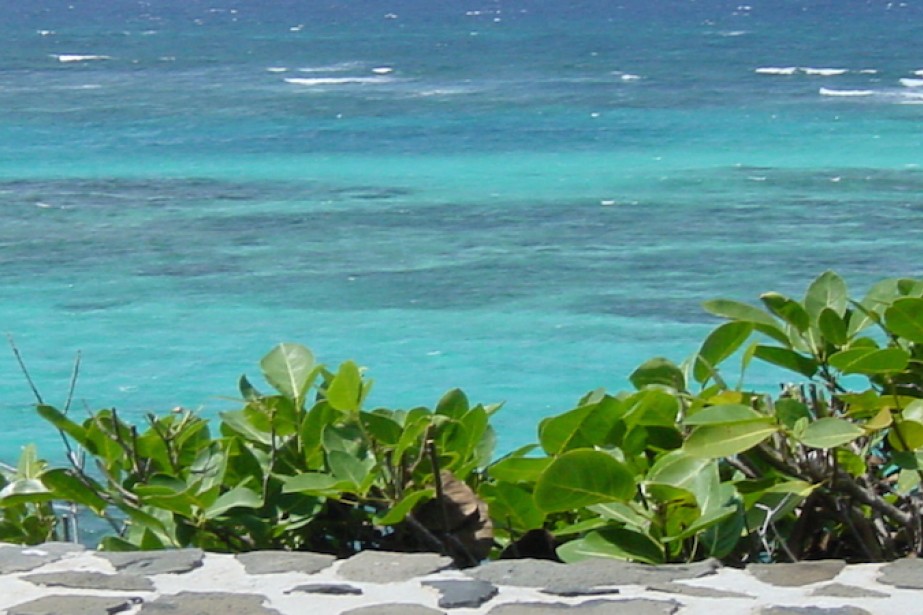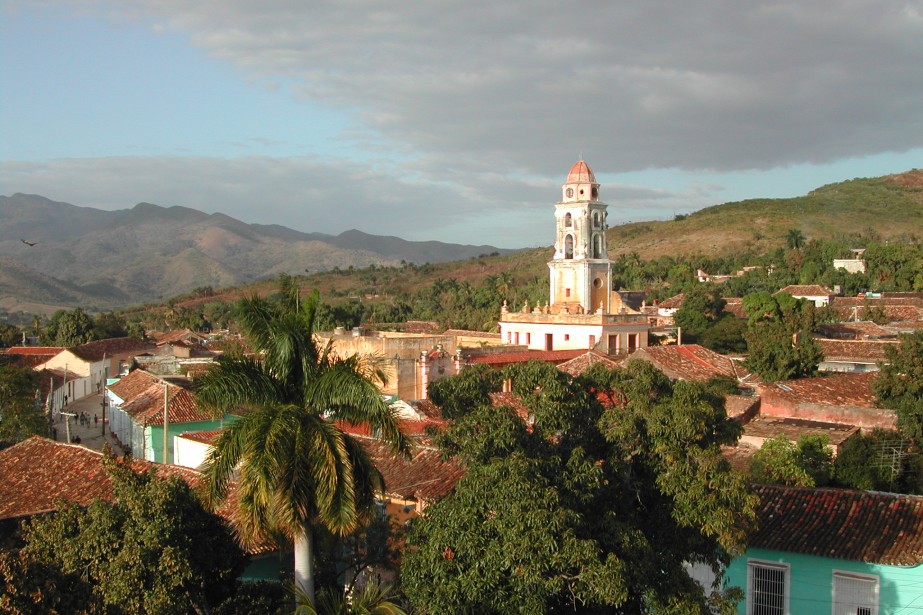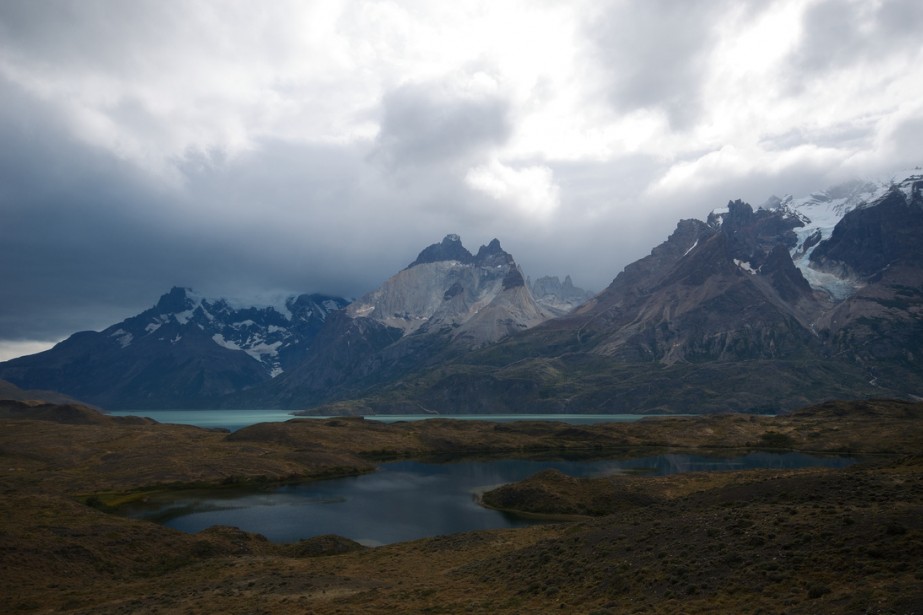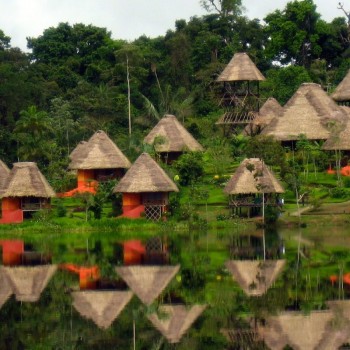Submitted by Claire Autruong on December 12, 2015
Overview
Uruguay means, “river of the colorful birds” in the indigenous language Guarani. When travelers gaze upon the incredible vistas of beaches, low hills, rolling plains, fertile coastal lowlands and river deltas, it’s clear that this is a place unlike any other.
Uruguay has only recently been getting recognition as an excellent tourist spot, often passed over in favor of larger and more famous neighbors Brazil and Argentina. The country of 3.3 million is finally winning over travelers with its sophisticated culture and myriad opportunities for adventure. Whether it’s horseback riding across the Sierra Carapé, strolling the beaches of Montevideo, staying out late in Punta del Este or backpacking in the Rio de la Plata Basin, Uruguay promises a one-of-a-kind travel experience far beyond the ordinary.
Everywhere they go, travelers can witness and experience Uruguay’s rich history and identity shaped around indigenous populations, European colonization and modern-day Latin culture. From the amazing architecture to delicious and varied cuisine, travelers are sure to wonder why Uruguay isn’t as popular as other South American countries, but as long as its hidden-gem status lasts, Uruguay should definitely be on the adventurous traveler’s list.
When to Travel – Weather
Uruguay is known for its beaches and most travelers will choose to bask on the sands and enjoy Montevideo during the South American summer months of December to February. Uruguay’s moderate climate ensures that even high summer is still pleasant, between 25-30 degrees Celsius and 77-86 degrees Fahrenheit. Winter is also not freezing, usually around 3-5 degrees C and 37-41 degrees F.
With manageable temperatures year-round, the best time to visit Uruguay depends on individual travel plans. To enjoy the beaches, the hotter months are best, but a number of great hikes and other activities in the interior can be enjoyed throughout the year. And of course the capital of Montevideo offers cosmopolitan culture and attractions during any season.
Food and Drink
Uruguayan food gets most of its influences from its Spanish heritage, but as Uruguay has been a major destination for Italian immigrants in the past, it’s also easy to see Italian influence like pastas and pizzas in the local cuisine. Uruguayans everywhere shop in large public markets offering huge varieties of meat and vegetables, and travelers can certainly shop for meal ingredients in the markets as well.
Not to be missed, the Uruguayan empanada makes a perfect snack or small meal. Small crusty pies with meat or cheese filling, empanadas can be found everywhere and are inexpensive and portable.
Uruguay has traditionally been a ranching country, with vast herds grazing on the large expanses of the interior. With cattle outnumbering people two to one, beef dishes and steaks are delicious and very affordable. Chivito is made from a combination of skirt steak, tomato, lettuce, onion, hard-boiled eggs, ham, bacon, mozzarella, mayonnaise and fries—all in one delicious heart-attack of a sandwich. Steaks in general are also very affordable in the country.
Other local specialties include gramajo (a combination of fried potatoes, eggs and ham); the highly popular asado, a barbecue of various meats and vegetables; and dishes featuring brotola, the most common local fish, known as hake in North America.
Uruguay’s drinking age is 18, and this is strictly enforced. Of-age Uruguayans and travelers can enjoy one of Uruguay’s excellent wines, which are gaining an international reputation, especially varieties made from Tannat grapes.
The most common drink in Uruguay is yerba mate, a naturally caffeinated drink made from the leaves of the South American holly tree. This stimulating drink contains three stimulants found in tea, coffee and chocolate—caffeine, theophylline and theobromine. It does not have acid like coffee and is therefore less irritating to the stomach, and has a low tannin content as well, so does not develop a bitter flavor if brewed strong. Drinking yerba mate is a social endeavor, and travelers will likely be offered tastes throughout their Uruguayan adventure. Travelers are encouraged to accept these offers as a cultural greeting and offer of well-being.
Popular Vacation Spots
Montevideo – Founded in 1724, the pleasant city is a modern, metropolitan capital featuring many different neighborhoods, sights from Spanish colonial times, global cuisine and nightlife, sporting events, and plenty of arts and culture. Must-see sights include the Plaza Independencia in the Ciudad Viejo (old town) area of the city, and the Rambla de Montevideo, a 22 km or 13.6 mile stretch along the water popular for walking, running, strolling or sitting with a cup of mate and enjoying the ocean.
Montevideo’s rich cultural scene can be easily seen at venues like the beautiful Theatre Solis and the Auditorio del Sodre. Enjoy tours of the renovated interiors of these historic theatres or catch an evening performance with affordable tickets often available on the day of the show.
Evidence of Montevideo’s Spanish colonial history is everywhere, and nowhere in more splendor than the gorgeous Catedral Matriz. A small cathedral with rich history centrally located in Montevideo, Catedral Matriz is situated on a beautiful open square and the inside is well worth a visit, regardless of a traveler’s religious affiliation.
Punta del Este – A beach resort town in southeastern Uruguay, Punta del Este is popular with international tourists, regional tourists and locals alike. Many Argentinians make the short trip from the cities of the Rio de la Plata area to enjoy the beaches, and it’s a high-profile destination for Western tourists looking to enjoy the sun and sand. In recent years it has become more commercialized and tourists should expect to pay up to 50% more in Punta del Este than other locations in Uruguay. Summer is high time for the resort town—travelers would find it nearly deserted during all other times of the year.
Travelers to Punta del Este should definitely take the time to visit the Casapueblo, a series of stunning modern white buildings by artist Carlos Paez Vilario. Home to a museum, an art gallery, café and hotel, the architecturally fascinating building features to many works of art, including paintings, pottery and sculpture.
Santa Teresa National Park – One of Uruguay’s ten national parks, Santa Teresa is not far from the city of Rocha on the Atlantic coast side. The gorgeous national park is full of greenery and wildlife, including Santa Teresa’s famous peacocks and capybara. For travelers, the park offers everything from huge expanses of beaches, forested areas perfect for picnics or camping, beautiful lakes for bird watching and other water activities, and can be traversed by car, bicycle or on foot.
Colonia del Sacramento (Barrio Historico) – The old quarter of the southwestern Uruguayan city of Colonia del Sacramento is one of the most highly-recommended experiences for travelers in Uruguay and a UNESCO World Heritage Site. Founded in 1680 by the Portuguese, the old quarter features beautiful architecture typical of both Portuguese and Spanish influence. Guided tours are also available to get the most out of visiting this quiet and quaint area. It’s also an excellent place for travelers to pick up gifts, including some of the handmade textiles, as part of the area is a free trade zone and shopping in the small squares is encouraged.
Practical Information
Uruguay’s borders are mostly open to tourists and visitors. Travelers from most major Western countries can enter without a visa. Most travelers will fly into the Carrasco International Airport in the suburbs of Montevideo. In order to offset costs for a state-of-the-art airport terminal renovation in 2009, Uruguay has been charging fees to get out of the country, so travelers should carefully review their travel documents to see if this fee was already covered in their fare or if they will have to pay it at a special airport fee counter before being allowed out of the country.
If visiting Uruguay as part of a South American regional trip, travelers can access Uruguay via bus from São Paulo and Rio de Janeiro, and there are bridges over the Uruguay River connecting to Argentina. Uruguay features a robust local bus system, and renting and driving cars on the country’s well-maintained highways is also relatively easy.
Uruguayans speak primarily Spanish. Brasilero, a mixture of Spanish and Portuguese, may be used in regions bordering Brazil. Most Uruguayans study English in school, but do not use it. Travelers should not expect to find English speakers outside of major tourist areas
The country’s currency is the Uruguayan peso. Travelers should note that prices are often listed using the symbol “U$,” which can cause some confusion with the U.S. dollar.
Uruguay Travel with Trusted Adventures
> Find Activities in South America


